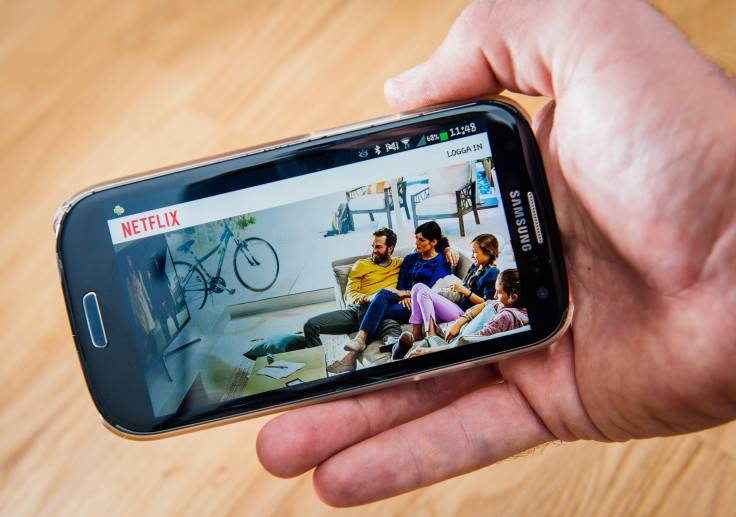Watching Poor-Quality YouTube Streams May Literally Be Killing Us

Before the advent of YouTube, people mostly had to watch “America’s Funniest Home Videos” when they wanted to see great shots to the goolies. Now, millions of those videos are at just about everyone’s fingertips. The problem is, watching them might kill you.
OK, maybe not right away. But a new study commissioned by telecom giant Ericsson shows that people’s stress levels can increase by 19 percent when confronted with buffering delays while trying to watch video on their phones. Given that American adults spend an average of one hour and 37 minutes per day using apps or the web on their smartphone, according to research firm Nielsen, that’s an awful lot of extra stress. And extra stress doesn’t exactly lead to a long, healthy life.
Granted, the Ericsson study was conducted with just 30 adults in Copenhagen (by a Danish “neuroscience consultancy” called Neurons, Inc.), ages 18-52. Despite the small participant pool, the study’s results are nevertheless somewhat chilling: The participants’ heart rates increased 38 percent during viewing delays, and the stress attributable to those delays is actually equivalent to having to do math, or watching a horror movie. (The study doesn’t specify if we’re talking “Paranormal Activity” jump-scare fare or something more akin to “Human Centipede 2.”)
Even just a two-second delay in loading a video increased stress 3 percent. At six seconds of buffering, half the participants were 35 percent more stressed out than before their task began. The other half resigned themselves to their delayed fate and lost interest in the task.

The participants were hooked up to all manner of brain and heart monitors and given tasks like finding and watching videos within a certain amount of time, to give a baseline level of stress for the researchers to control against.
The researchers divvied up the participants into three groups of 10, then piled on the stress for two of the groups with two-second delays in loading the videos and two- and six-second buffering while video was playing, and measured standard stress responses like increased heart rate and brain activity.
That kind of stress, even in microbursts, isn’t great for humans; it’s also not great either for mobile providers or the companies whose video is being buffered. To wit: The longer the interruption to the stream, the more likely the viewer was to ascribe the blame for that delay to the content provider.
Take note, mobile providers offering “binge-friendly” data plans that usually involve throttling speeds: Not only might you give your customers a heart attack, but they’ll blame both you and Netflix.
© Copyright IBTimes 2024. All rights reserved.






















